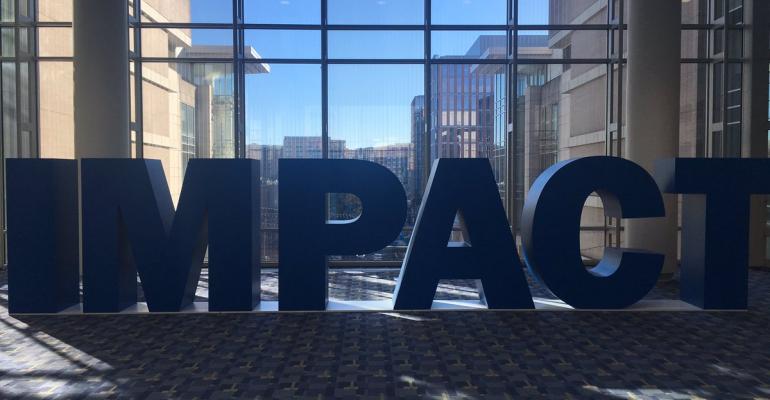The number of publicly traded companies has long been on the decline, falling by some 50 percent in the past 20 years, according to a recent report by Vanguard, as fewer companies look to public markets for funding. Meanwhile, money invested in private placements has skyrocketed.
So there has been some urgency among managing partners in private equity, as well as accredited investors, to open new doors for retail capital without sacrificing the advantages that give private equity an edge over open-end mutual funds or interval funds, namely, imposing lock-up periods without a need to hold cash for exiting investors, which gives managing partners greater flexibility to put the money to work—or so the theory goes.
After years of working to get regulatory approval and a functioning model in place, Nasdaq recently unveiled a marketplace for new, private equity-type funds, where accredited investors can exchange shares in private placement-type alternative funds without any of the trappings that retail investors don’t want to deal with as a limited partner, including capital calls and K1s, explained Bob Rice, managing partner of Tangent Capital and a member of the advisory board for Nasdaq Private Markets, speaking at Schwab’s annual IMPACT conference in Washington, D.C.
Rice calls the new structure “auction funds”: Once a month, the window opens for investors in these funds to buy and sell into a marketplace, much like they would a stock or bond.
“There are a lot of reasons to believe that the auction will be successful,” he said. “Nasdaq has spent four or five years designing it, bringing dedicated buyers to it. There are market makers for it. If it doesn’t work, you can still tender occasionally back to the fund. This is going to open up, to me, a very efficient way for your clients to invest in these traditionally illiquid strategies, like private equity, venture, agriculture, in a diversified portfolio.”
And now is the time when investors should consider alternatives, Rice argued. Stocks are expected to go nowhere over the next five years, according to Morningstar, and investors traditionally can’t rely on bonds to make up the slack when equities underperform.
“The negative correlation between stocks and bonds, on which the 60/40 portfolio is premised, is a historical abnormality,” Rice said. “We must find better ways of protecting on the downside. Bonds are not going to get it done. Modern portfolio theory considers bonds riskless. Government bond funds are down 7 percent this year. That’s not riskless,” he said.
Rice acknowledged there are open-end mutual funds that attempt to get at the private equity type strategies, through so-called “liquid alternative” funds, though their success has been muted. One criticism of the liquid alts is that some alternative strategies cannot be duplicated in a mutual fund that needs to meet investor redemptions.
Likewise there are interval funds, which Rice acknowledged are “attractive, because you do get lower minimums and a greater diversification than you would with a single name,” he said. “But you’re still talking about a capital call structure.”
Interval funds do provide liquidity, he said, to a point—usually holding 5 percent per quarter of the fund’s assets under management in cash to meet redemption requests. “If it’s holding that cash, guess what that cash isn’t doing? It’s not invested. So that creates cash drag. We don’t want cash drag. It really does have a significant negative impact on the performance of the fund over time.” And if market conditions get really severe and everybody wants out, interval funds have the option to lower the gate.
True, alternatives are more complicated than stocks and bonds, but that’s where financial advisors come in, Rice said. Investing in alternatives is something they can use to differentiate themselves.
“Your whole point is, you are the sophisticated one in the room, and you know more about what these things are and where you can get them and how they fit in a portfolio and all that than the client does,” Rice said. “It’s not just good for the clients, folks. It’s good for you.”





